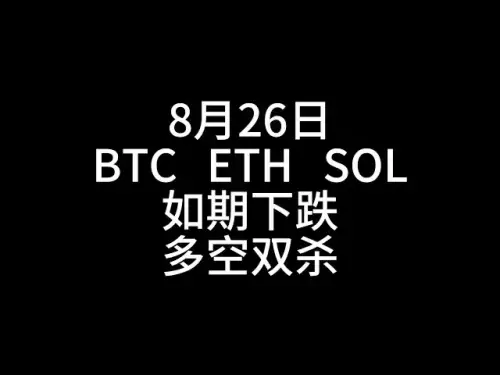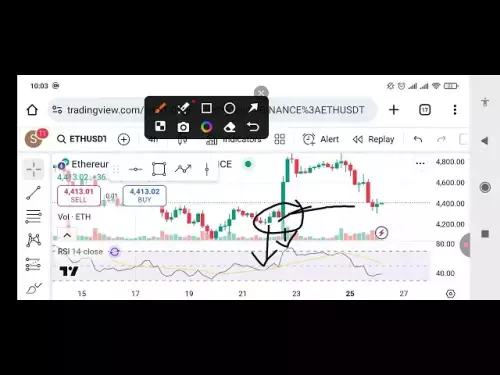Hong Kong's moves to regulate stablecoins could reshape the crypto landscape, but will it foster innovation or favor big players?

Hong Kong's embrace of crypto continues with its upcoming stablecoin regulations, slated to take effect on August 1, 2025. These regulations could reshape the digital asset landscape, but how exactly? Let's dive in.
The Regulatory Landscape: What's Happening?
The Hong Kong Monetary Authority (HKMA) is set to implement a framework that mandates licenses for stablecoin issuers. The goal? To boost consumer protection and bring much-needed clarity to the crypto market. This move could significantly increase institutional trust in stablecoin transactions, potentially making Hong Kong a hub for digital asset innovation.
Potential Benefits and Drawbacks
On one hand, clear regulations can create a more secure environment for startups to innovate, especially in areas like payroll solutions and cross-border payments. On the other hand, the cost of compliance—potentially millions annually—could be a massive barrier for smaller firms. It's a tricky balance, and the regulatory framework might unintentionally stifle competition.
The Solana Spark
Adding fuel to the fire, OSL, a licensed cryptocurrency exchange in Hong Kong, recently received approval from the SFC to offer Solana (SOL) trading to retail investors. This is a big deal! It marks a significant step toward expanding retail access to the crypto market in the region, following earlier approvals for Bitcoin and Ethereum. This move signals Hong Kong's broader strategy to normalize crypto trading and attract digital-asset activity.
Hong Kong as a Crypto Hub
Since late 2024, Hong Kong has been making waves in the crypto world. They launched Asia’s first spot Bitcoin and Ether ETFs and continued to license new exchanges and financial institutions. The SFC even outlined a new roadmap in February 2025 to support Hong Kong's goal of becoming a global virtual asset hub. Pretty ambitious, right?
The Bigger Picture: What Does It All Mean?
Hong Kong's regulations offer key insights for other regions contemplating similar frameworks. Establishing a dedicated licensing regime for fiat-referenced stablecoin issuers is crucial for regulatory clarity and consumer protection. Limiting retail offerings to licensed stablecoins balances safety with accessibility. Distinguishing stablecoins from other crypto-assets is vital to avoid regulatory overreach, while international standards like the Financial Action Task Force's AML/CFT rules help maintain market integrity. A public register of licensed issuers can also enhance transparency and trust, while ongoing consultations with stakeholders keep regulations adaptable.
A Word of Caution
While things look promising, regulatory momentum can shift, and market volatility remains a risk. Investors are advised to balance optimism with caution. However, the recent developments in Hong Kong underscore a broader trend of increasing legitimacy and institutional acceptance for certain cryptocurrencies.
Final Thoughts
So, are compliance costs worth it? That's the million-dollar question. Stricter regulations aim to mitigate risks, but the financial burden could deter new entrants. As Hong Kong's regulations roll out, the crypto community will be watching closely to see how these dynamics unfold. It's a regulatory experiment with potentially huge implications. Will Hong Kong strike the right balance between innovation and regulation? Only time will tell, but one thing's for sure: it's going to be an interesting ride! Buckle up, crypto enthusiasts!














































































